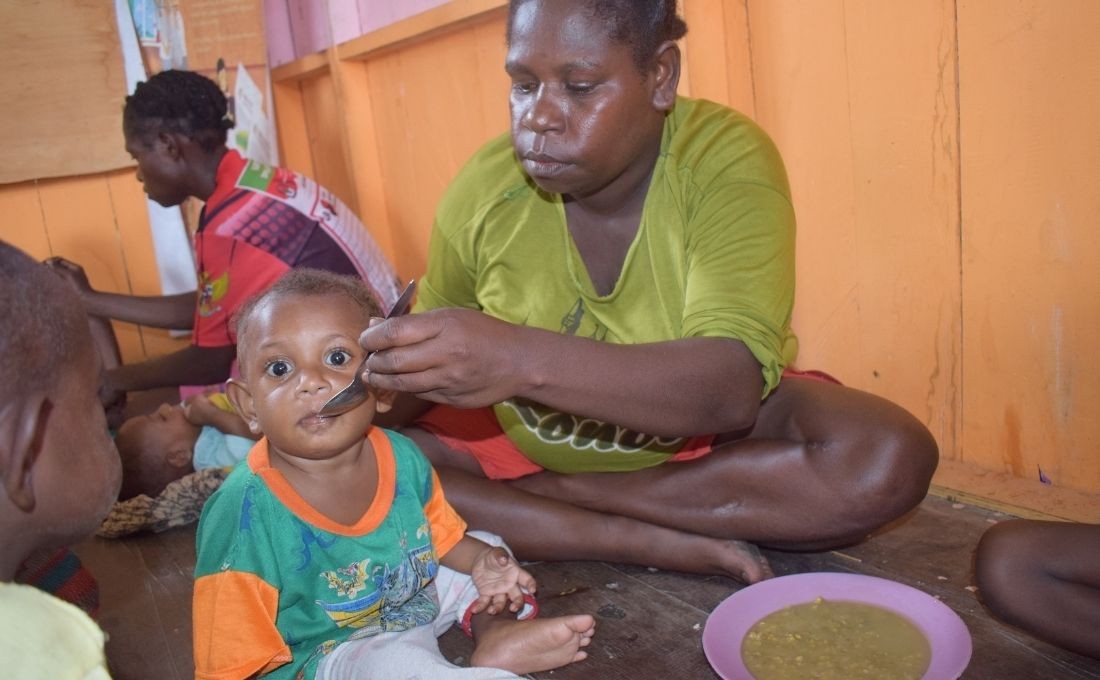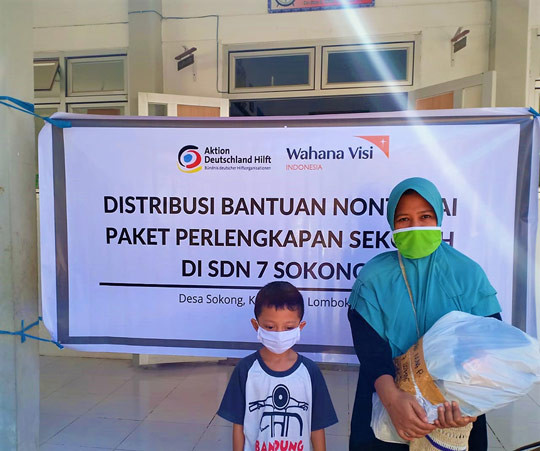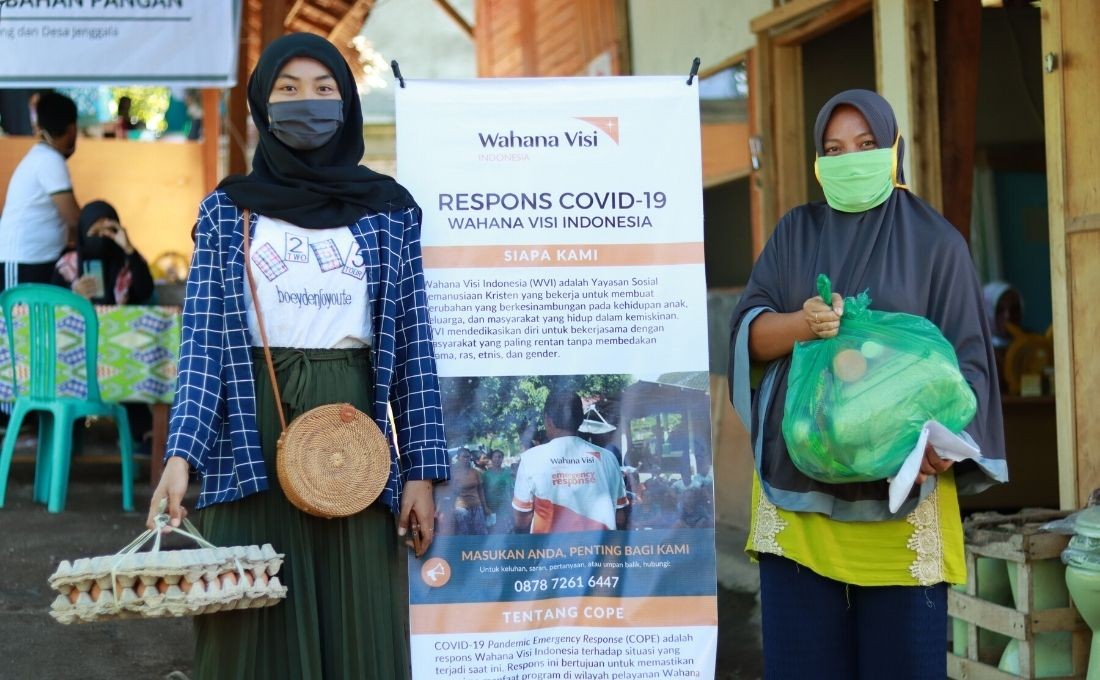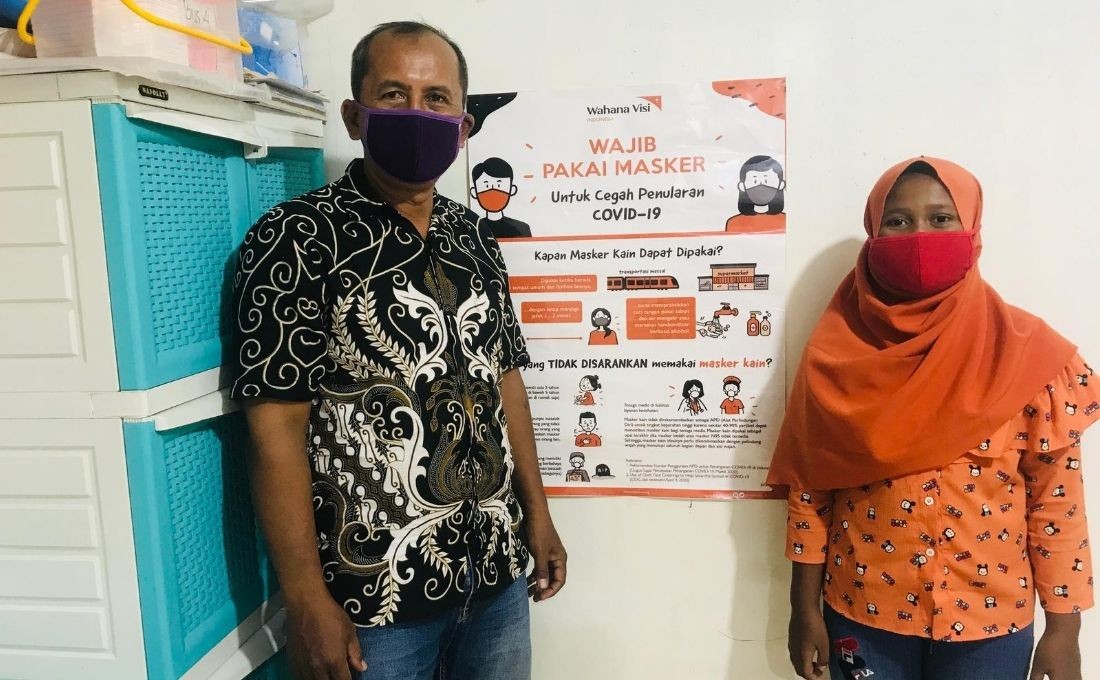Familiar with the Eating Habits of Asmat People

#FoodForShare - Asmat Regency is an area surrounded by rivers and muddy soil. That is why the district is often dubbed the 'city on mud' and 'the city of a thousand planks'. This is by the condition of the area where the roads and people's houses are located on planks of muddy soil. Not only does it have a unique area, but the people of this region also have unique eating habits.
The Asmat people's habit of still taking food from nature (gathering) makes the availability of food in the family depending on the season. However, they have sago as the main food.
Sago is usually processed into sago balls without mixture. Raw sago is shaped like a ball and baked until cooked. This food is also consumed by children and parents. If there are catches of fish, shrimp, pork, cassowary, sago worms, vegetables such as kale, ferns will be a supplement for food.
Unlike most urbanites, the Asmat people often eat one meal a day. Parents also know that the standard of feeding is once a day and that also applied for children.
Do you remember the malnutrition outbreaks that happen in Asmat in 2018? The habit of eating once a day and incomplete is one of the causes of malnutrition. A culture in which the youngest children eat the last makes things even less conducive to producing healthy and intelligent children.
Nature in Asmat serves a variety of food ingredients. The river produces various types of fish, shellfish, shrimp, and crab. The forest produces a variety of edible plants such as tamarind, com, star fruit, and sago.
Many animals are caught and consumed by the community such as wild boar, cassowary, crocodile, monitor lizard, mambro bird, and so on. Vegetables are widely available, such as kale, ferns, and katuk, but the method of harvesting which is not accompanied by replanting makes forest products less and farther away.
The muddy land and high tide conditions require skill and recognition of the types of plants that can be planted. However, the culture of the people who are still gathering is a challenge in providing food.
Living together and sharing which is very thick also means that food ingredients that can be used for two weeks can only last for a few days. Another unique thing is, when there is smoke rising from a house, a sign that there is food in the house, the family will gather.
Written by: Hotmianida Panjaitan, Program Manager of Asmat Hope Wahana Visi Indonesia



